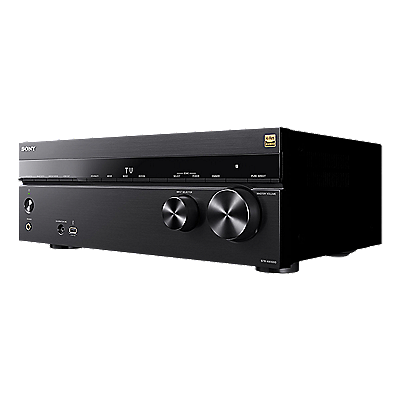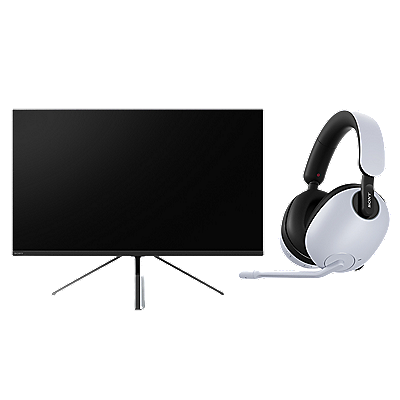HDMI tips and troubleshooting
The High-Definition Multimedia Interface (HDMI®) is a specification that combines video and audio into a single digital interface for use with DVD, Blu-Ray Disc™, Android TV™, Google TV™, soundbar, set-top boxes, and other digital audio-visual devices.
Review these HDMI tips first
-
Cable length - For 4K video performance. the length of the cable should be no more than 3 meters/10 feet. Longer cables may work, but the operation is not guaranteed.
Note: In some cases, HDMI amplifiers can be used to increase performance on longer cable lengths.Cable type - Do you have the right type of HDMI cable needed to transfer audio/video signals between your TV and other devices?
There are four types of HDMI cables and they are backward compatible (HDMI standard):- Standard (HDMI 1.0 to 1.2a) - Designed for basic consumer applications such as DVD players. The cable has a bandwidth of 5Gbps and supports up to 1080i (interlaced) or 720p (progressive) resolutions.
- High-Speed (HDMI 1.3 to 1.4a) - Designed to transmit 1080p, 4K at 30hz, and 3D signals. The cable has a bandwidth of 10.2Gbps.
- Premium High-Speed (HDMI 2.0 to 2.0b) - Designed to support HDR (High Dynamic Range) and 4K (60Hz) video signals and expanded color schemes.
- Ultra High-Speed (HDMI 2.1a) - Provides the best signal transfer capability. The cable has a bandwidth of 48Gbps, transfers resolutions up to 8K at 60Hz or 4K at 120Hz, and supports new features such as Enhanced Audio Return Channel (eARC) and Variable Refresh Rate (VRR).
- Note: When using High-Speed or Ultra High-Speed cables, the video output of the device may need to be set properly. See your for details.
- Verify that the HDMI cable transfers data:
- Change to another port on the TV and then the device.
- Connect the cable to another device and then to the TV.
- If the cable works, then the HDMI port on the device or TV may be defective.
- If there is still no signal transfer after switching ports and devices, then replace the HDMI cable.
If the issue still occurs, additional HDMI cable tips and troubleshooting is available.
Select a topic
HDMI Information
ARC and eARC
Picture and TV
General HDMI Information articles
Audio Return (ARC) and Enhanced Audio Return Channel (eARC) video
ARC vs eARC ExplainedARC and eARC articles
Picture and TV troubleshooting video
Can't connect the laptop to the Sony TV with a HDMI cablePicture and TV article
HDMI Sound Issues
Soundbars, Receivers, and Home Theater
HDMI Sound issues articles
Soundbars, Receivers, and Home Theater articles
- How do I hear TV sound through the A/V Receiver or Home Theater System speakers?
- Can't hear TV sound from the soundbar, home theater system, or home audio system
- The audio, video, or both goes out when using an HDMI connection
- The home theater or soundbar system automatically mutes or shows a muting message























